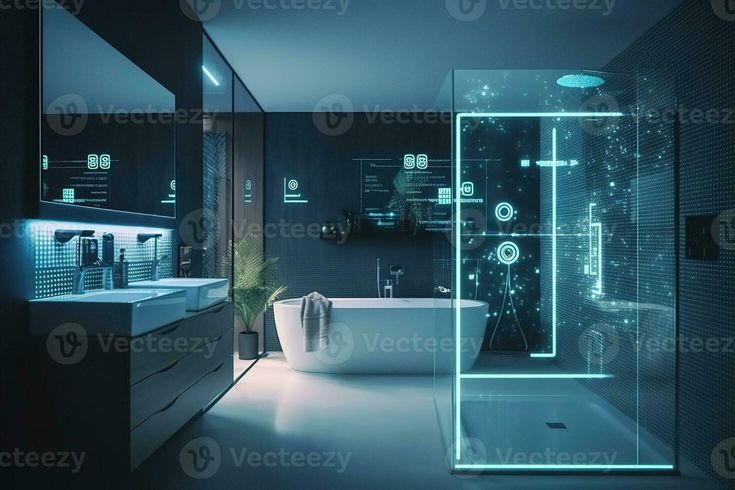In today’s fast-paced world, the need to conserve water with tech has never been more critical. Industrial engineers, in particular, stand at the forefront of this movement, harnessing technological advancements to foster a sustainable future. By strategically integrating technology, businesses and communities can preserve this precious resource for generations to come.

The Importance of Water Conservation in Industry
Water is vital for numerous industrial processes, from manufacturing to cooling systems. As the demand for water surges, it’s paramount to incorporate innovative solutions and smart technologies to mitigate waste and ensure efficient utilization.
How Technology Revolutionizes Water Conservation
Technological advancements have paved the way for a plethora of water-saving innovations. By employing advanced digital tools and data analytics, industries can significantly reduce water wastage, thereby contributing to environmental preservation.
Role of AI in Water Management
Artificial Intelligence (AI) plays a pivotal role in optimizing water usage. For instance, AI-based systems, like water consumption tracking, provide real-time insights into consumption patterns, allowing industries to make informed decisions regarding water use.
Smart Sensors for Leak Detection
Installing smart sensors aids in early leak detection, preventing water loss. These sensors offer real-time alerts, ensuring prompt maintenance actions. Explore innovative solutions such as bathroom plumbing alerts to enhance efficiency.
Benefits of Embracing Water-Saving Technologies
Beyond water conservation, implementing these technologies offers numerous advantages, including cost reduction, improved efficiency, and a sustainable brand image, resonating well with eco-conscious consumers.
Cost Savings and Efficiency
By reducing water wastage, industries can achieve substantial cost savings. Efficient water management results in lower utility bills and operational costs.
Enhancing Corporate Social Responsibility
Adopting water-saving technologies reflects a company’s commitment to environmental stewardship, bolstering its corporate social responsibility efforts and enhancing stakeholder trust.
Future of Water Conservation: A Case Study
Incorporating real-life case studies, such as those from smart water scheduling, showcases how industries have successfully reduced water consumption through technological innovations.
Challenges and Solutions in Implementing Water-Saving Tech
Adoption of new technologies often encounters challenges. However, by understanding potential hurdles and exploring viable solutions, businesses can overcome these obstacles effectively.
Infrastructure Limitations
Older infrastructures may pose compatibility issues when integrating new technology. Overcome this by investing in scalable and adaptable solutions such as an intelligent toilet shutoff valve.
Training and Awareness
Ensuring employee competence on new systems is crucial. Provide comprehensive training programs to familiarize staff with such technologies.
Conclusion: The Need for Proactive Action
In conclusion, the journey to conserve water with tech is pivotal for a sustainable future. Embracing these technologies fosters not only environmental conservation but also business growth and societal welfare.

Frequently Asked Questions
How can technology help in conserving water in industries?
Technology aids in water conservation by providing tools for precise monitoring and management of water usage, thereby reducing waste.
What are some examples of water-saving technologies?
Examples include AI-based monitoring systems, smart leak detectors, and automated water flow control devices.
Why is it important for industries to focus on water conservation?
Focusing on water conservation helps industries reduce operating costs, comply with environmental regulations, and enhance their sustainability profile.
For more insights into how AI is reshaping the plumbing industry, consider exploring recent advancements in AI in the plumbing business. A proactive approach ensures a future where resources are preserved, benefiting both the environment and industry stakeholders.
This article contains affiliate links. We may earn a commission at no extra cost to you.



